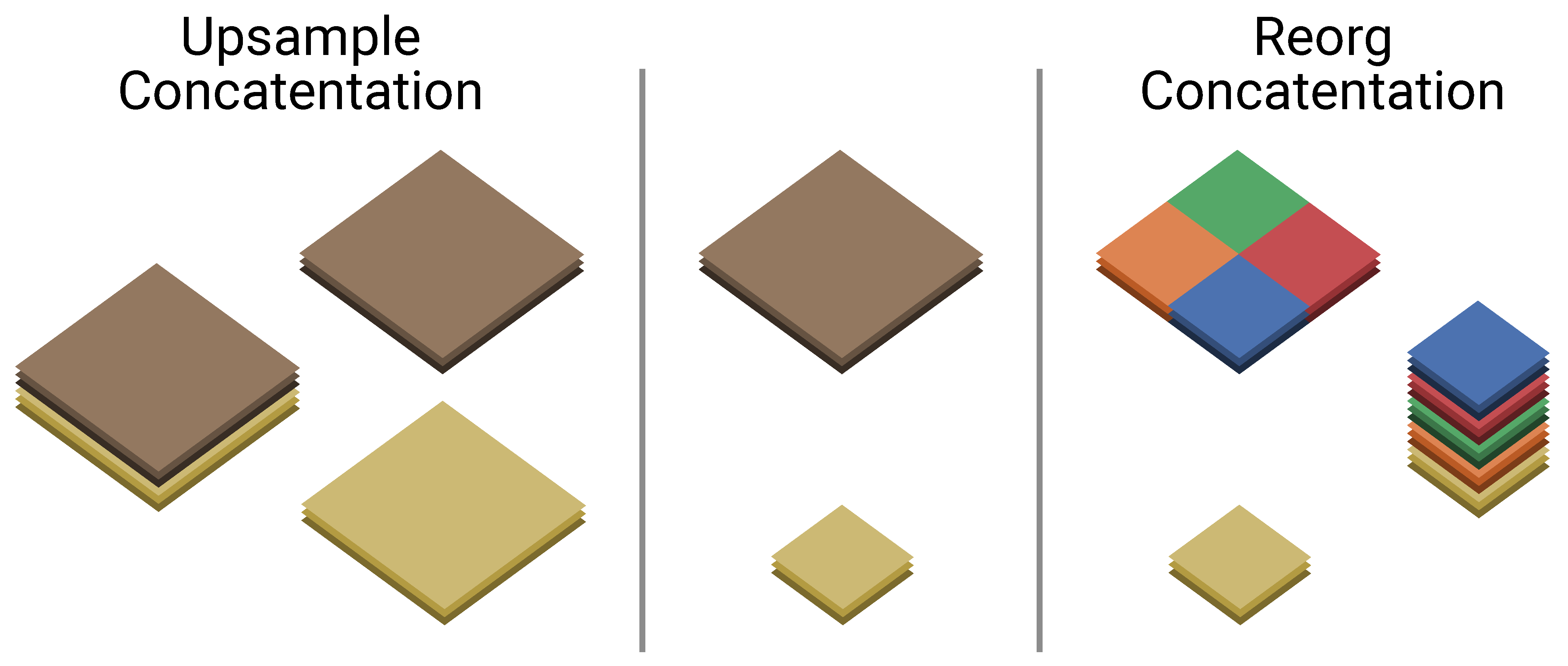

- #Wave editor for mac upsampling archive
- #Wave editor for mac upsampling portable
- #Wave editor for mac upsampling free
This also allowed electronics manufacturers to market DVD players in small chassis with cheap power supplies which could retail for under $70. It was in part Bit Stream DAC technology which allowed the development of our modern 7.1 channel audio that’s embedded into video formats. Once again, the result was a huge cost saving at the expense of fidelity. Bit Stream DAC chips have built-in algorithms to convert PCM input to DSD, which is then converted to analog. Long before the DVD, SACD, or DSD formats were developed, the Bit Stream DAC chip was introduced to the consumer market as a lower-cost alternative to the significantly more expensive R-2R multi-bit DAC chip. If the SACD format was DSD128 instead of DSD64 and 5-bits instead of 1-bit it would have made a huge difference in performance.

Of course, from the time the SACD was conceived until the time it came to market, DAC chip manufacturers had advanced from 64fs to a higher 128fs sampling rate (aka Double-Rate DSD) and from 1-bit to a higher-resolution 5-bit wide-DSD format. Later, Sony’s consumer division caught wind of DSD and collaborated with Philips to create the SACD format. This new 1-bit technology was achieved by outputting from the monitoring pin on Crystal’s new 1-bit 2.8Mhz Bit Stream DAC chip. In 1995 they concluded that storing a 1-bit signal directly from analog-to-digital would allow them to output to any conceivable consumer digital format (LOL.later I'll explain how Sony screwed the pooch on this decision).

#Wave editor for mac upsampling archive
In the early 1990s Sony wanted a future-proof, less expensive medium to archive their analog masters. The switch from PCM to DSD was no different. Most of the early digital recordings were produced with relatively low resolution and sounded so fatiguing they would make you want to tear your ears off. For consumers, there weren't many advantages. For studios, this cost less for the equipment, required less space for both recording and archiving, and made it easier to mix and edit tracks in post-production. In the early 1980s, when digital recording became readily available, studios converted from analog to digital to save money. Many in the recording industry in the early days of digital joked that CD stood for “compromised disk.” In 1980 they published the Red Book CD-DA standard, and mass-market digital music was born.
#Wave editor for mac upsampling portable
Philips wanted a 20 cm disk, but Sony insisted on a 12 cm disk which could be played in a smaller portable device. Philips and Sony collaborated on the new standard for a consumer digital format in 1979. And so began the long history of the recorded music industry being more about consumer convenience and optimal profits than about optimal fidelity. Certainly no comparison to the tangential tracking Edison cylinder player.īut since disks are much cheaper to produce than cylinders, and since disk fit nicely in display bins at stores and can include larger cover art and notes, they became the standard. Disks warp and there was arch error and skating errors introduced. In 1887, Emile Berliner invented the technically inferior disk phonograph. Can you imagine a modern cylinder phonograph? Tangential tracking…no arc error…no skating error. In late 1877, Thomas Edison used Cros’ theories to invent the cylinder phonograph, allowing music lovers to experience recorded music in their homes for the first time. In early 1877, Charles Cros devised a way to reverse that process on a photoengraving to form a groove which could be traced by a stylus, causing vibrations that could be passed on to a diaphragm, recreating sound waves. In 1857, Édouard-Léon Scott de Martinville invented the phonautograph, which could graphically record sound waves.

You also may want to refer to my other blog on “The 24-Bit Delusion.”
#Wave editor for mac upsampling free
If you're not sure if you should believe the statements in this blog which contradict much of the marketing hype, myth, and legend in the audiophile industry, feel free to check the references at the end of this blog. I’ll explain in what ways DSD has the advantage and in what ways pulse-code modulation (PCM) is better. Is this what we’ve all been waiting for or just mass-marketing hype? This blog separates the hype from the technical facts. Simplified encoding and decoding, along with ultra-high sampling frequencies, promise unparalleled performance. Direct Stream Digital (DSD) has become a big thing in high-end digital audio.


 0 kommentar(er)
0 kommentar(er)
